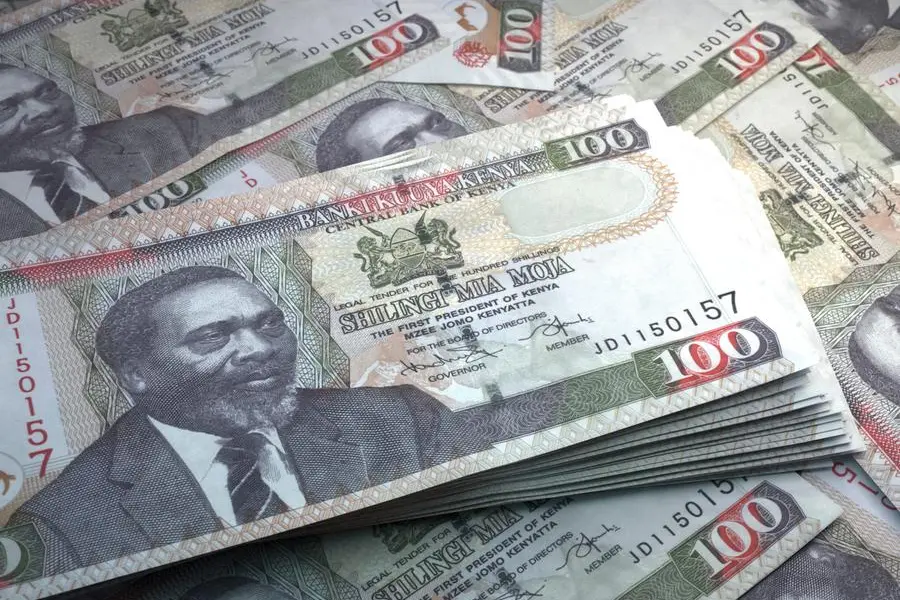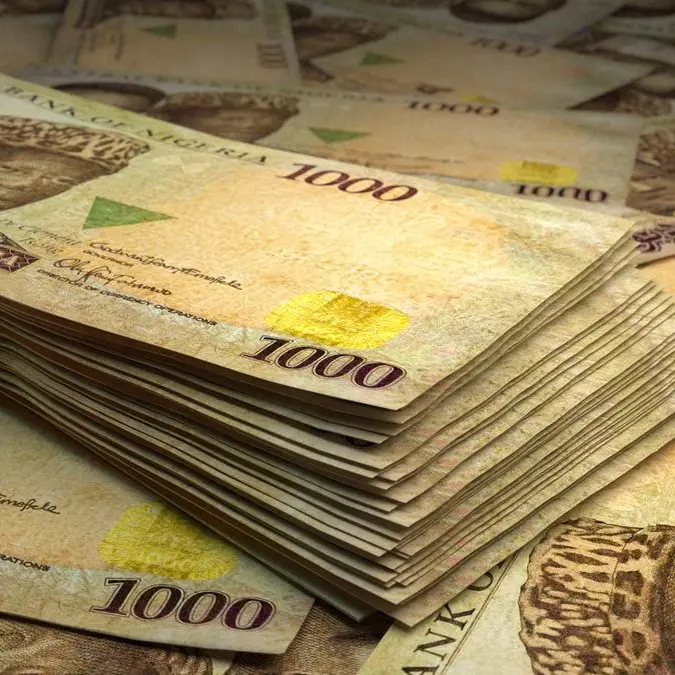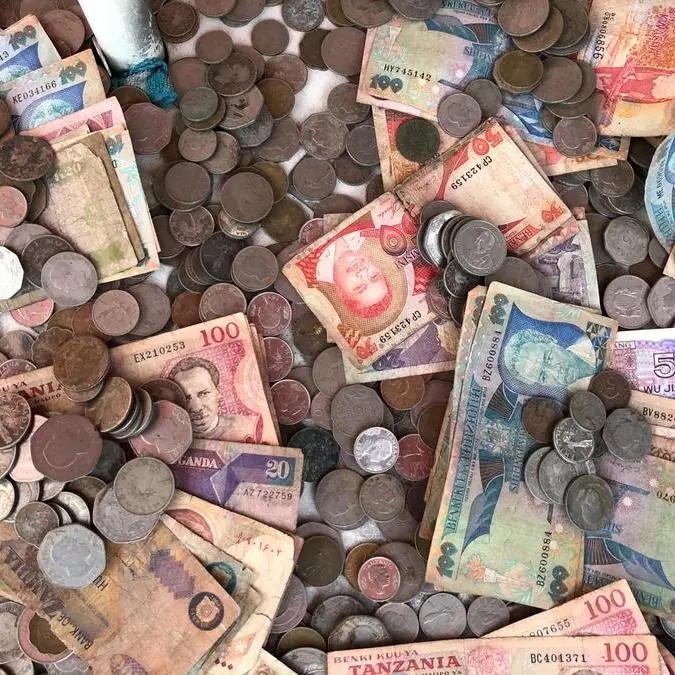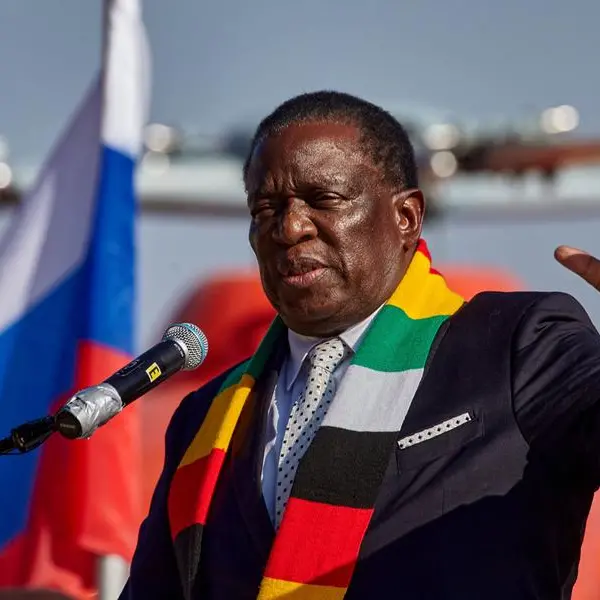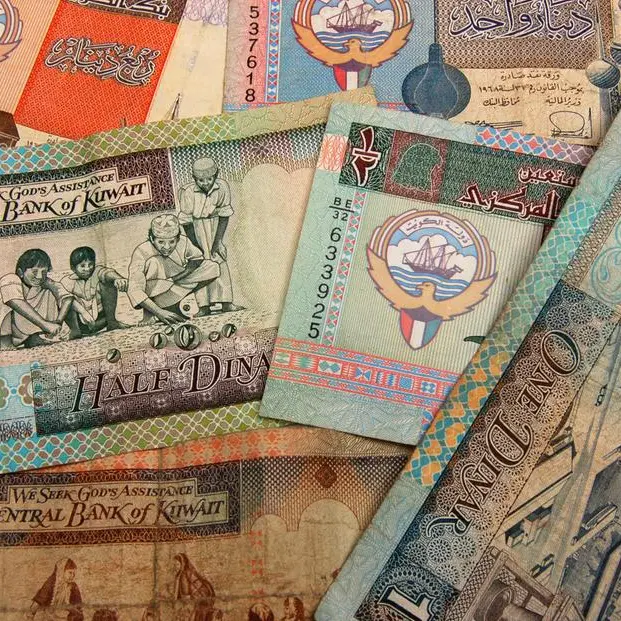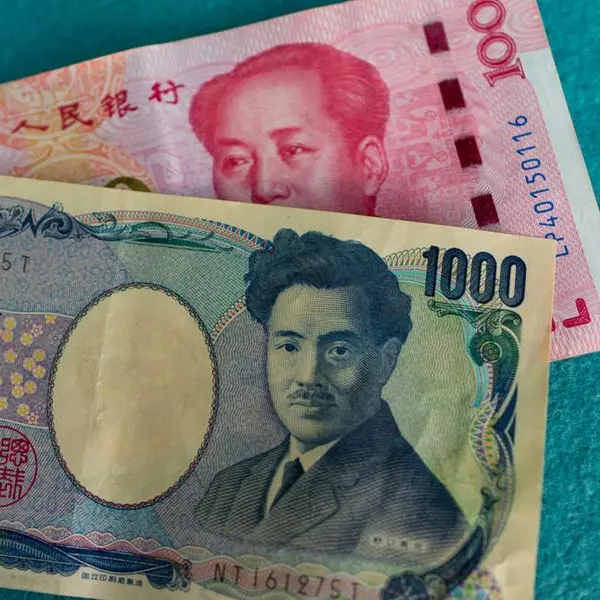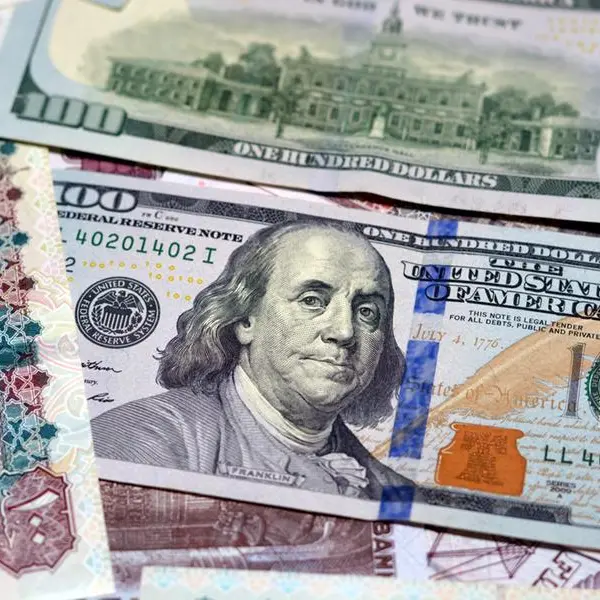PHOTO
Kenya’s National Treasury is seeking to reduce the dominance of banks in government securities investments by opening up the market to more non-bank financial institutions.
The move is likely to tame the high interest rates demanded by investors in government bonds, which have recently gone as high as 18 percent.
The Treasury, in its latest annual borrowing plan for the 2024/2025 fiscal year, says it is leading reforms in the domestic debt market, which include roping in several non-banking institutions such as the post-retirement medical funds to diversify the investor base.“The National Treasury continues to spearhead key reforms to deepen the domestic debt market and diversify the investor base,” it says.“To enhance the growth of non-bank financial institutions such as pensions, insurance, and mutual funds, the National Treasury will consider expanding the volumes of contributory pension schemes and initiating new financial products such as post-retirement medical funds. These will eventually support deepening of the domestic bond market.”The Central Bank of Kenya has rejected higher bids from bond investors demanding a risk premium on their investments over concerns about the government’s financial health, with debt sustainability analysis conducted in December 2023 indicating that public debt remains sustainable, but with a high risk of debt distress.
Kenya’s borrowings from the domestic market through treasury bills and bonds is estimated at Ksh5.47 trillion ($42.33 billion), with commercial banks controlling 44.96 percent, followed by pension funds (29.09 percent), insurance companies (7.1 percent), parastatals (5.32 percent) and other investors (13.53 percent).
The government’s borrowing from commercial banks more than doubled to Ksh190.3 billion ($1.47 billion) by the end of June this year, from Ksh77 billion ($595.93 million) in the same period in 2023, while borrowing from non-banking institutions increased by 19.69 percent to Ksh404.8 billion ($3.13 billion) from Ksh338.2 billion ($2.62 billion) in the same period, according to the Treasury.
T-bonds constitute 84.33 percent of the government debt, followed by T-bills at 12.81 percent.
“The domestic debt market continues to diversify the investor base in government securities by implementing a market engagement programme, including the monthly Bond Market Forum with the domestic institutional investors and stakeholders,” Treasury says.“The FY2024/25 Borrowing Plan aims to meet the domestic borrowing target and manage the cost of debt by developing and maintaining a well-priced, stable yield curve while fostering investor confidence. Treasury Bills will be issued largely for cash or liquidity management purposes.”Kenya’s nine big banks — KCB, Equity, NCBA, Co-operative, Absa, Standard Chartered, I&M, Stanbic and DTB — made a total of Ksh16.73 billion ($129.48 million) in interest from their investment in government securities in six months.
Data from the lenders’ unaudited financial statements shows that their interest income from government securities increased by 17.87 percent to Ksh110.37 billion ($854.19 million) in the six months to June 30, 2024, from Ksh93.63 billion ($724.63 million) in the same period last year.
The greatest beneficiaries were KCB Group, which earned Ksh7.36 billion ($56.96 million) during the period, followed by Equity Group (Ksh5.63 billion - $43.57 million), Co-operative Bank (Ksh2.06 billion - $15.94 million), I&M Group (Ksh1.48 billion - $11.45 million), Diamond Trust Bank (Ksh1.24 billion - $9.6 million) and Stanbic Bank Kenya (Ksh180 million - $1.39 million).
NCBA group, Absa Bank Kenya and Standard Chartered Bank Kenya saw their interest income on government securities decline by Ksh250 million ($1.93 million), Ksh410 million ($3.17 million) and Ksh550 million ($4.26 million) respectively.
In July this year, global rating agency Moody’s downgraded the credit rating of KCB Bank Kenya, Co-operative Bank Kenya and Equity Bank Kenya, largely due to their increased sovereign exposure in the form of securities issued by a government with a weakened credit profile.
Kenyan banks have slowed lending to the private sector due increased credit risks arising from the uncertainty related to economic performance, and instead opted to channel their investments in risk-free government securities.
The banks’ lending to the private sector slowed to 1.3 percent in August 2024, from 3.7 percent in July, with the ratio of gross non-performing loans to gross loans increasing to 16.7 percent in August, from 16.3 percent in June, according to CBK data.
President William Ruto, after assuming office in 2022, promised that his administration would not borrow from the domestic market at interest rates of more than 10 percent, noting that the country’s cost of debt had become “unacceptable.”Now, the National Treasury is seeking to finance the fiscal deficit of Ksh768.6 billion ($5.95 billion) in the 2024/2025 fiscal year through a net external financing of Ksh355.5 billion ($2.75 billion) and net domestic financing of Ksh413.1 billion ($3.2 billion).
“External funding will be sourced from multilateral and bilateral partners, development finance institutions and international capital markets, while domestic financing will be through issuance of treasury bonds,” says John Mbadi, Treasury Cabinet Secretary.
The main source of financing for the government from the domestic market is the issuance of treasury bonds with fixed-rate bonds with maturities of 2, 5, 10, 15, 20, and 25 years, planned to be issued during the year under the benchmark bond programme.“A few infrastructure bonds may also be issued as appropriate and prudent,” the Treasury says.
Kenya’s public debt stood at Ksh10.56 trillion ($81.73 billion) as at June 2024, comprising KSh5.41 trillion ($41.87 billion) domestic and Ksh5.15 trillion ($39.86 billion) external, according to CBK data. This represents a 2.82 percent growth from Ksh10.27 trillion ($79.48 billion) in June 2023.
Its foreign debt is largely denominated in the US dollar and the euro at 67.9 percent and 21.4 percent respectively, implying that the depreciation of the local currency against these foreign currencies increases the debt repayment burden for the government. The two currencies constitute 89.3 percent of Kenya’s external debt. ©
Copyright 2022 Nation Media Group. All Rights Reserved. Provided by SyndiGate Media Inc. (Syndigate.info).
